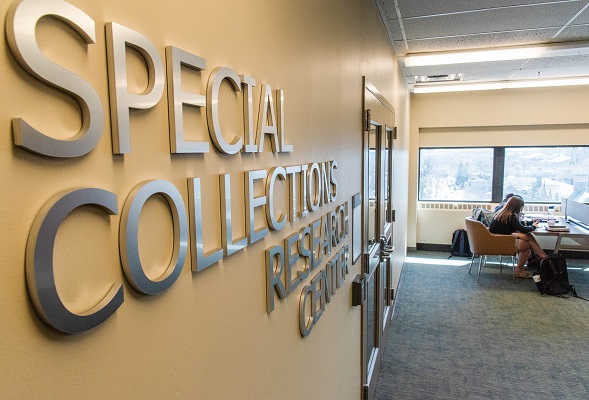The Flag-Burning collection is comprised of court papers, correspondence, news articles, and pamphlets relating to the case known as Street vs. new York, including parts of the actual burned flag used as evidence in the court proceedings. Court papers chronicle the position of the prosecuting attorney, Harry Brodbar, including the transcripts of the actual trial and the arrest order. There are letters of support for Brodbar from William F. Buckly, Veterans of Foreign Wars Magazine editor Paul W. Mills (Brodbar was a member of the VFW), and a member of the American Legion. Other items include newspaper clippings on the progress of the case, an issue of Legion magazine and photos of King County Asisstant District Attorney Harry Brodbar, and a flag burning event. A single autographed poster of an artist's interpretation of an American flag, which includes the signatures of Dave Dellinger, Pete Seeger, Joan Baez, Phil Ochs, and Pat Paulsen, became the basis of a similar case involving a bookstore owner. It is the only expression of support on behalf of Street in this collection.
This case is a microcosmic study of how two conflicting forces- the Vietnam/Civil Rights movement on one hand and the conservative forces of law and order on the other, brought their grievances to the highest court in the land. The representations of the act of burning the flaf are a universal and enduring feature of protest. The act of burning a US flag by Sidney Street in itself is not unique-- that is to say it has happened before and certainly since-- however, the documentation of how a ruling on the act of protest through speech and symbolism took shape in the US Supreme Court has significant historical value. Although these are mostly papers from the prosecutor's files, this collection presents both sides of the legal argument in court. Moreover, Sidney Street is a representative, through this archival record, of a mass of 'average' US citizens who became fed up with war and inequality. This collection contributes to understanding the limits of authority and protest in public life and, as such, it is a very valuable resource for scholars of US law, civil rights, and the Vietnam War era.
In June 1966, Sidney Street, a 47-year old transit worker in New York City, burned the US flag on a street corner in Brooklyn, New York. Street was outraged upon hearing that James Meredith, a civil rights activist, had been shot by a sniper during his March Against Fear in Mississippi. When he was approached by an officer, Street stated: "Yes, that is my flag; I burned it. If they let that happen to Meredith we don't need an American flag." Street was arrested and tried under a New York statute that forbade defacing, uttering words that condemned or cast contempt on, the flag of the US. Street was convicted in the lower court, but the Supreme Court reversed the conviction on the grounds that the lower court did not indicate whether Street was convicted because of the act or because of his words concerning the flag. The importance of this landmark case lies in the debate over whether or not the First Amendment of the Constitution allows freedom of symbolic speech. The symbolism in the Street case is represented in his action of burning the flag, as well as spoken words (protesting the shooting of Meredith). The Supreme Court did not see the case as simply violating the statute on flag burning. Justice Abe Fortas explained during legal arguments: "[This] is a case that included words...We have to face the very troublesome aspect of words."
